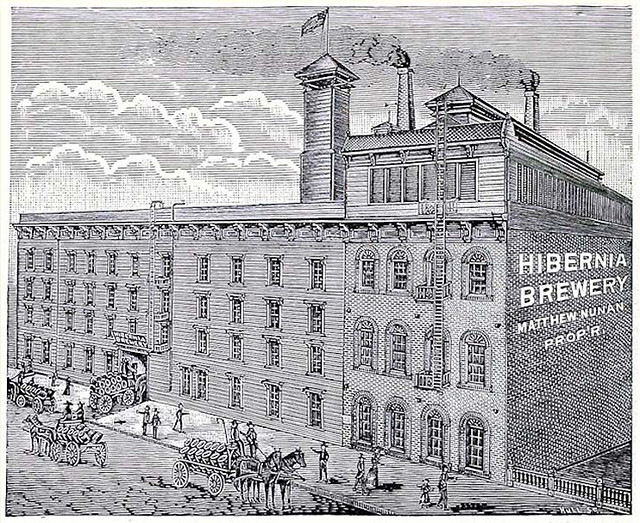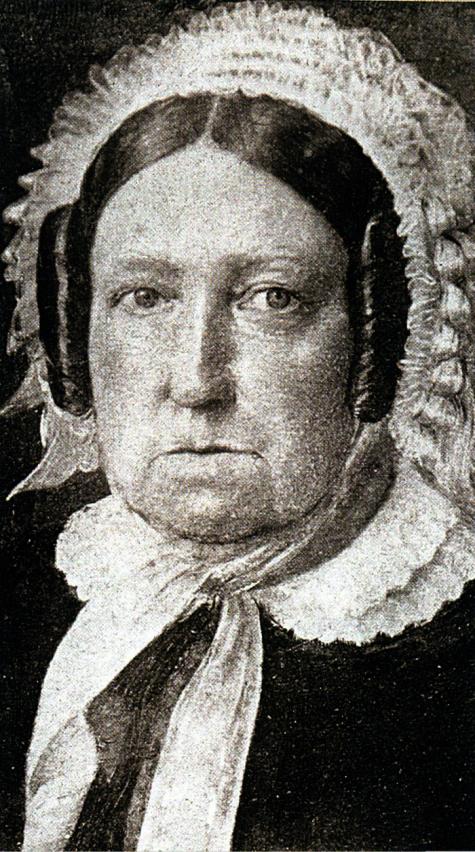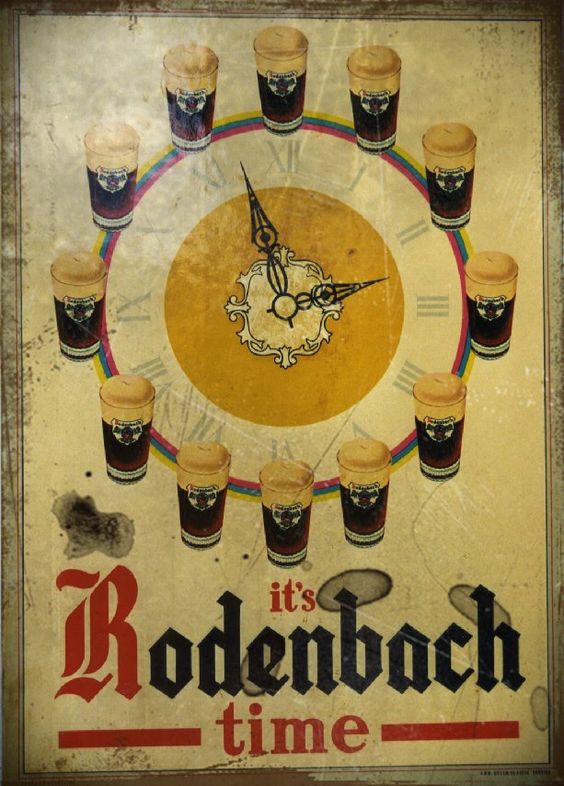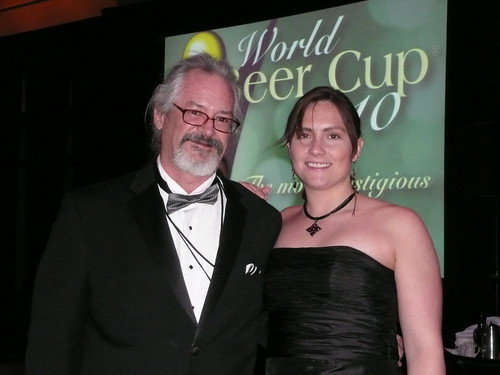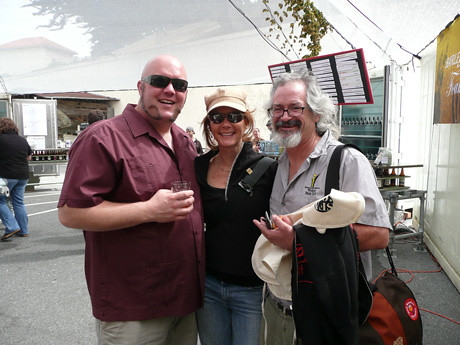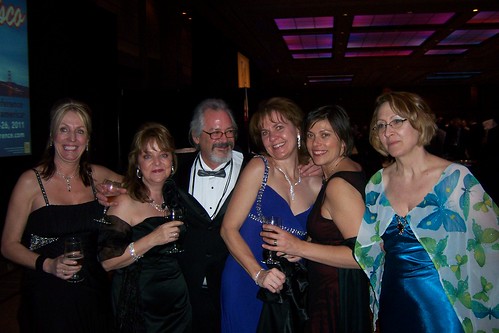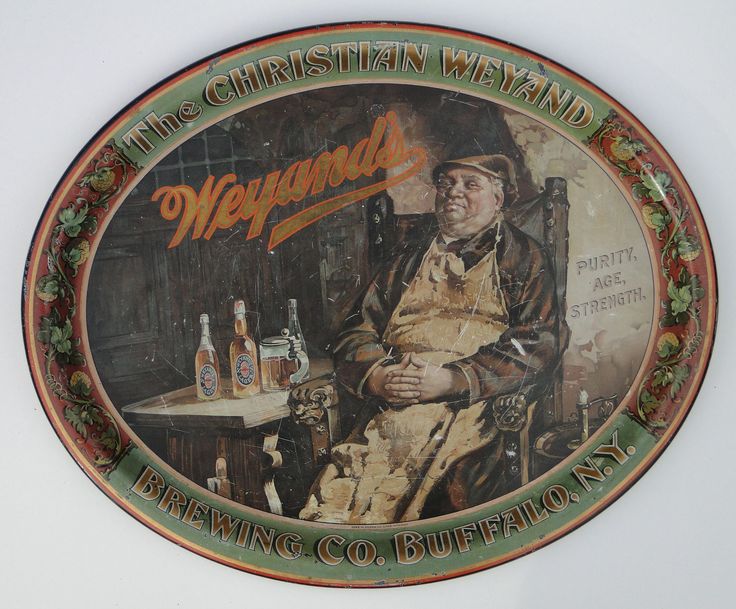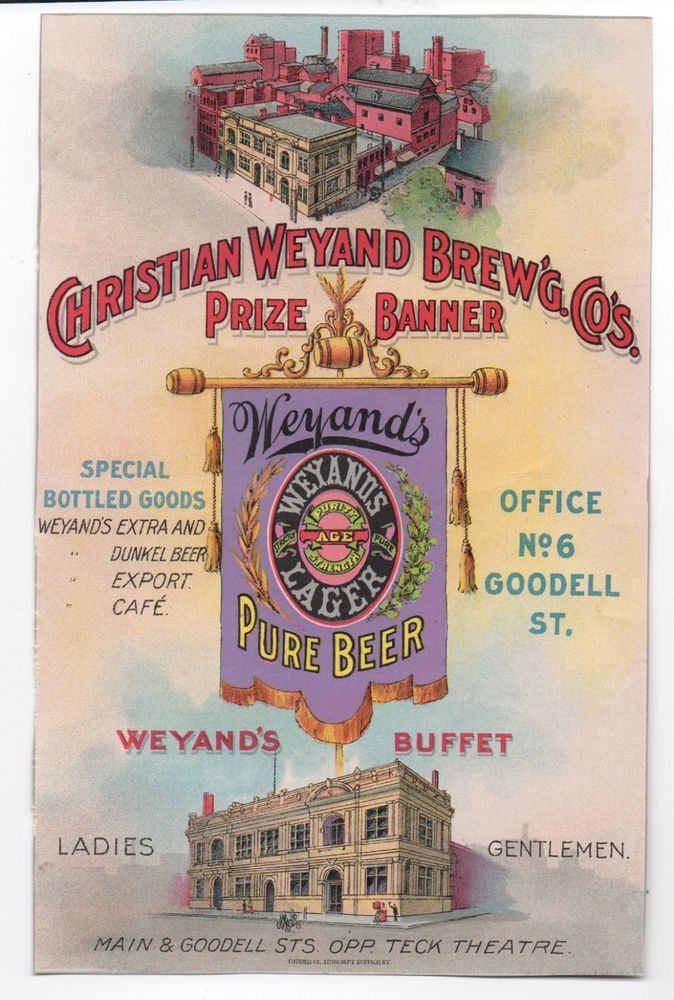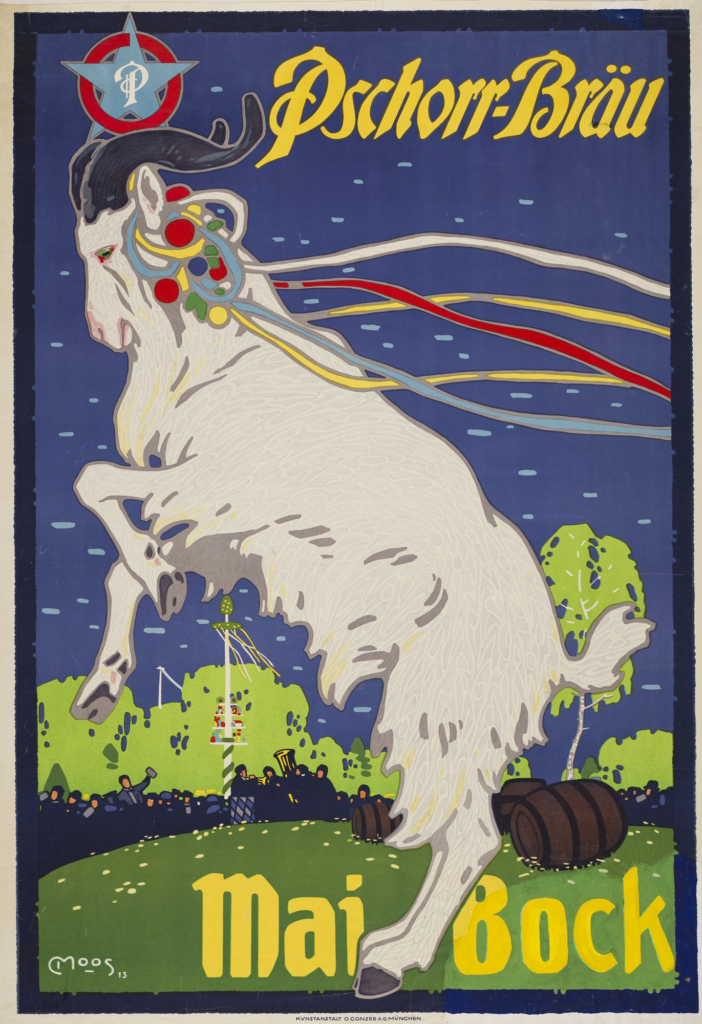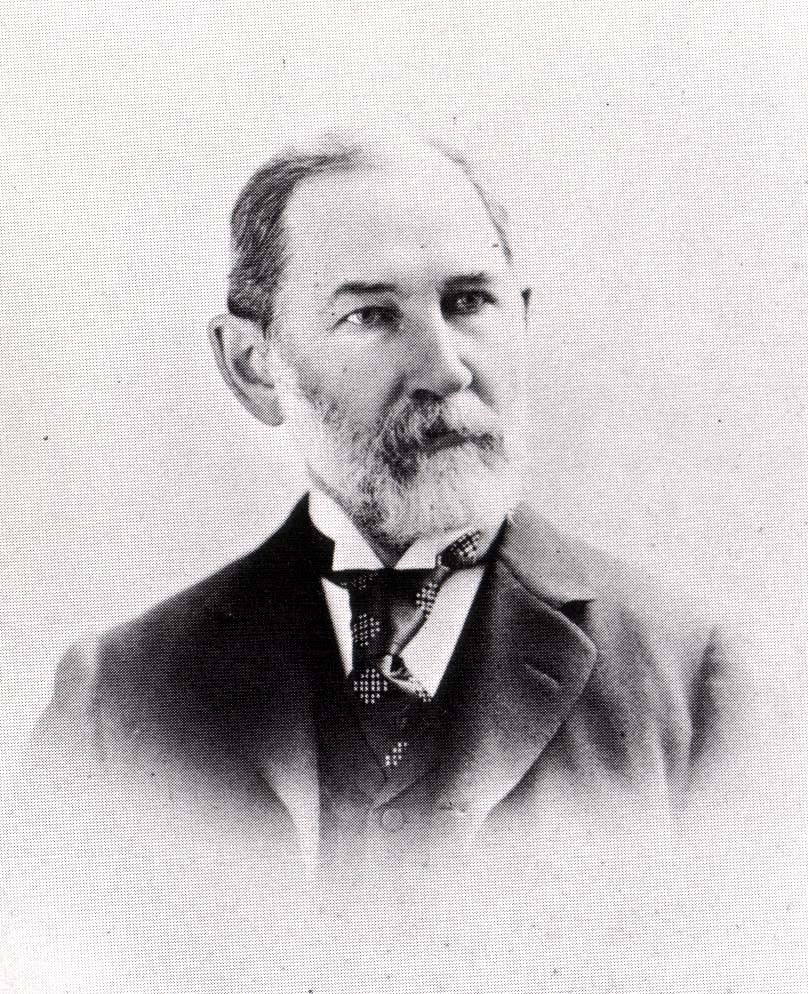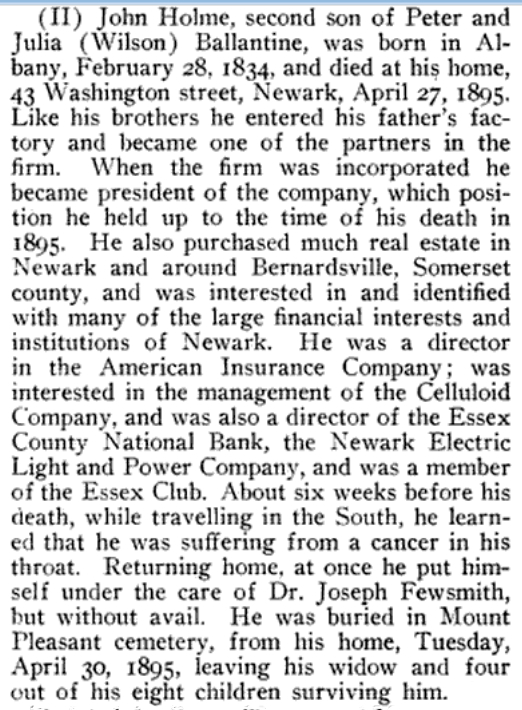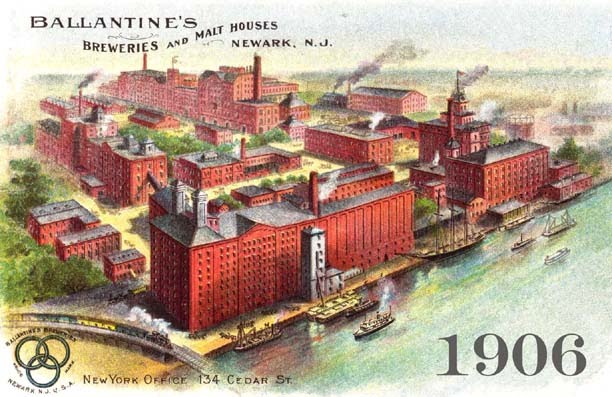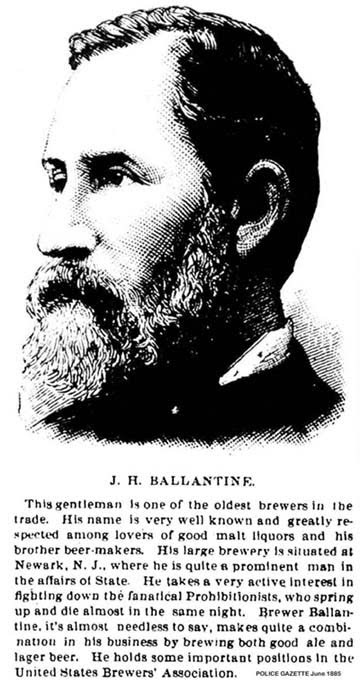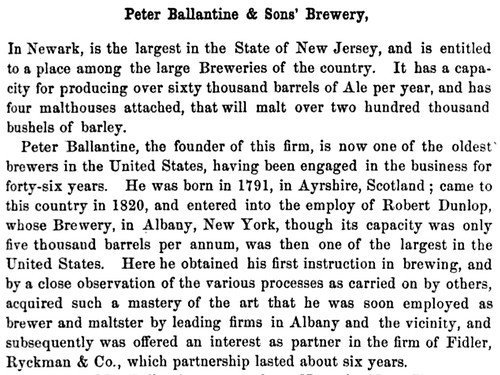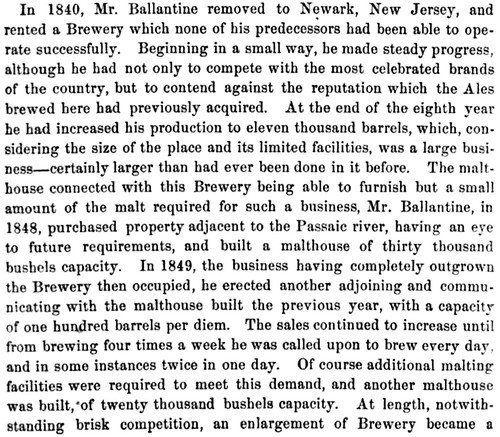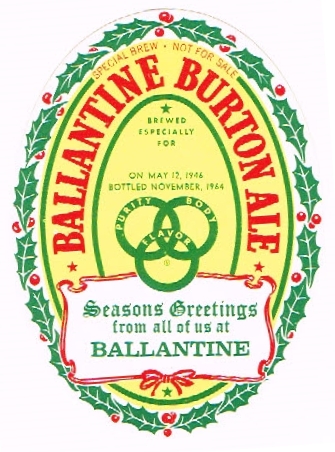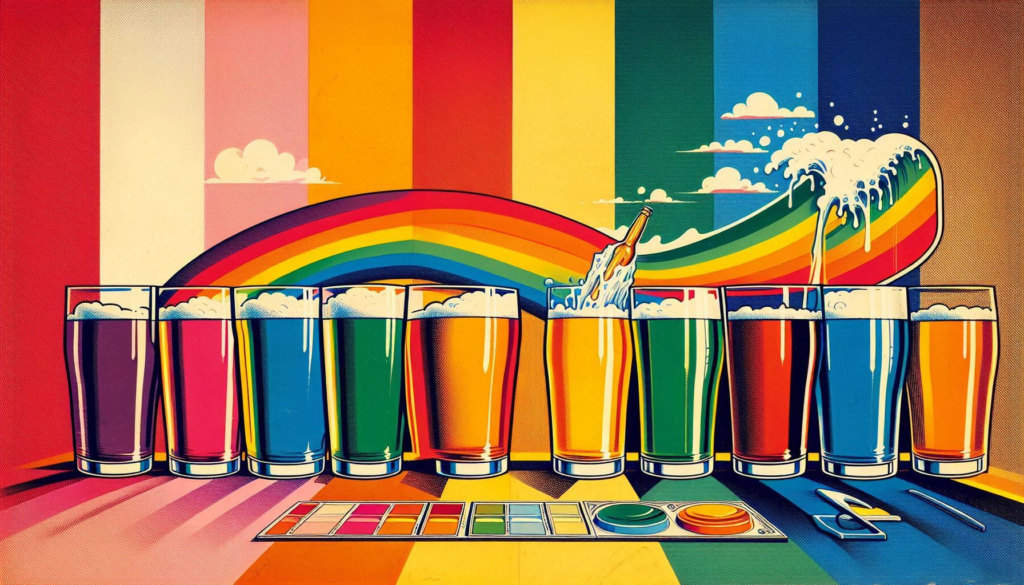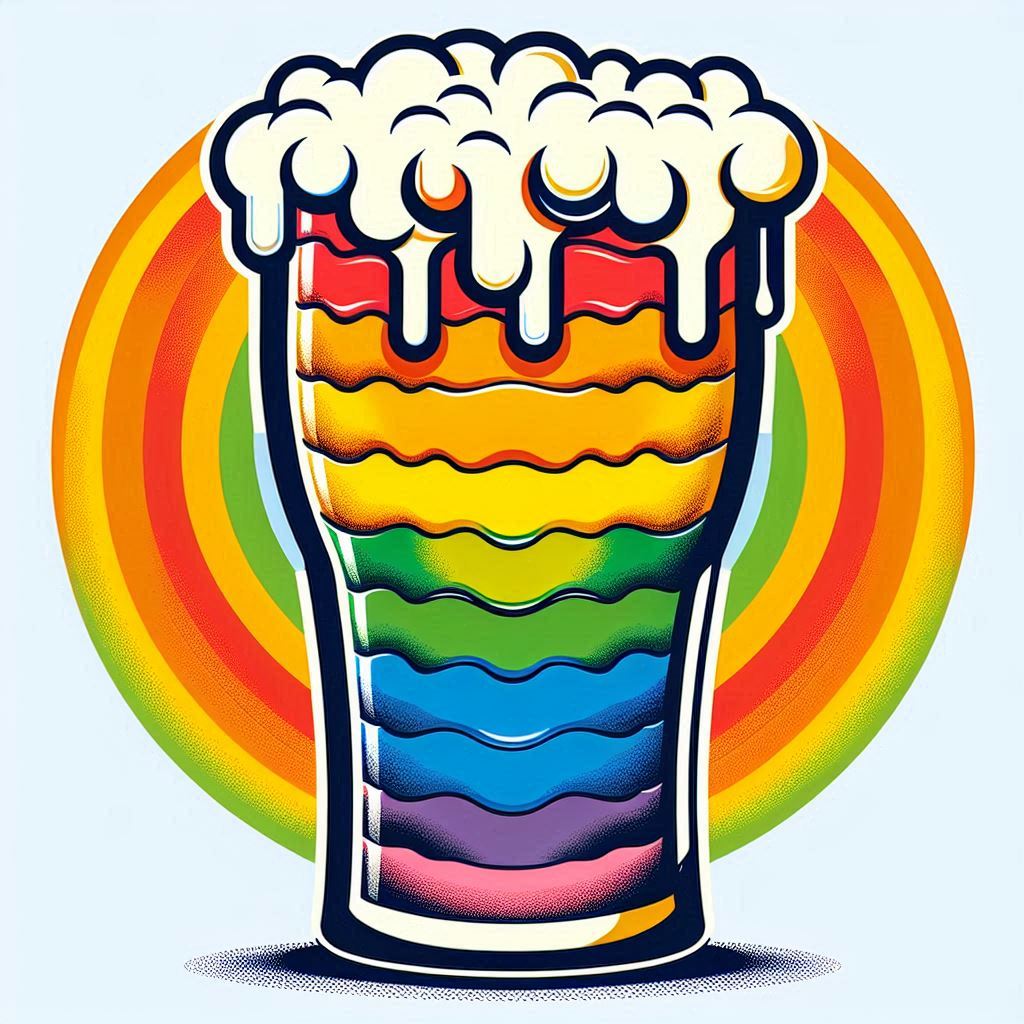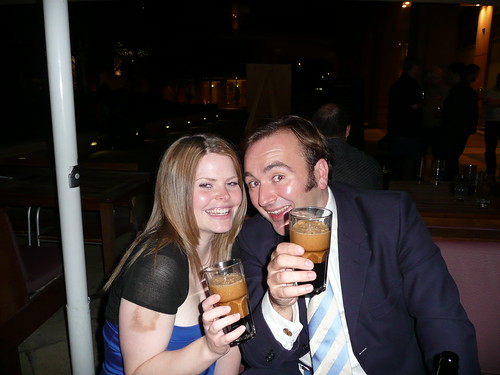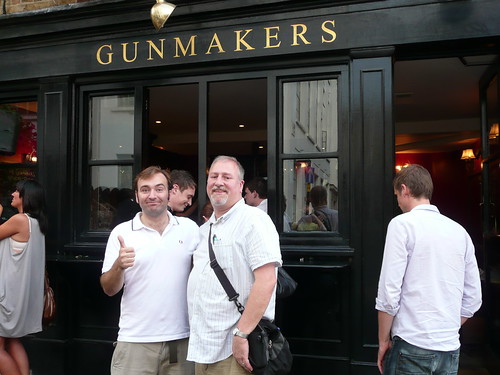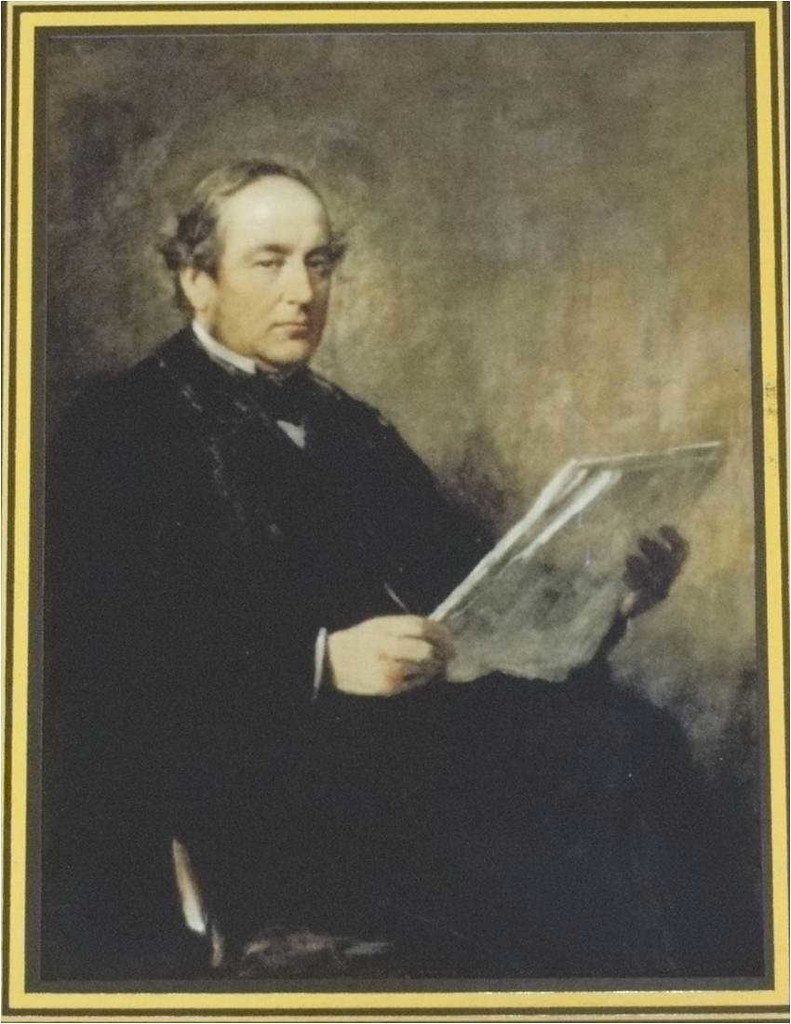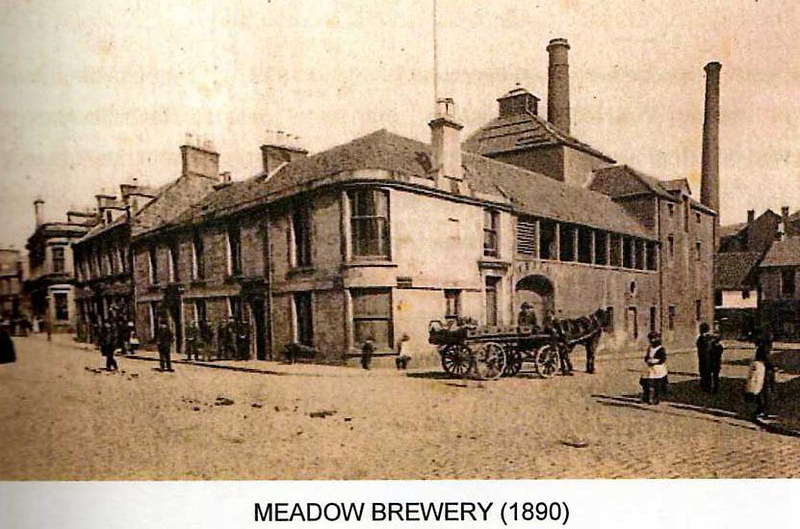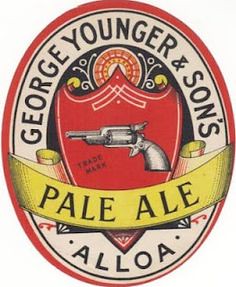
Today is not necessarily the birthday of Anthony Durkin (March 1831-January 15, 1868), but all I could find is that he was born in March of 1868. Before the mid-1800s, record-keeping was spotty at best and only the well-heeled and royal consistently kept birth records. Durkin was born in Swinford, Ireland, in County Mayo. He was the oldest of five siblings. He married Margaret Elizabeth Moroney in early 1855 while still in Ireland and their first daughter was born late the the next year in San Francisco, so he made his way to San Francisco, California as a young man, sometime between January of 1855 and December 1856.

There’s not too much I could find about him, apart from this overview, from Brewery Gems.
In 1860, he established A. Durkin & Company, at 608-610 Mission St., for the purposes of brewing ale and porter. His two partners in the company were Charles M. Armstrong, a 35 year old Irish immigrant, and a German immigrant, Louis Luhden. In naming the brewery Anthony simply referenced its location, thus the Mission Street Brewery.

In their history of the Hibernia Brewery, there’s also this:
The first serious incident occurred on June 16th, 1861. The following account was reported by the Daily Alta California:
"A beautiful child, aged seven years, daughter of George Coffee, Boiler Inspector, fell into a vat of boiling beer in the Mission Street Brewery, last evening. A young man named Thomas Kennedy attempted to rescue the child and he also fell in. John McCabe, the cooper of the establishment, was severely scalded in his efforts to get them out. The child died almost immediately. Kennedy was taken to St. Mary's Hospital. He will probably die."
In spite of this tragic accident the business experienced steady growth and in 1863, in addition to its ale and porter, the brewery began producing lager beer. This wasn't lager in the traditional sense, but a lager peculiar to the San Francisco area called steam beer. It was made without refrigeration but with a bottom fermenting yeast. Another steam beer producer, and major competitor, was a company that also took their name from their location, the Broadway Brewery.
In 1864, Anthony severely injured his left arm, leaving him partially disabled, but he didn't quit brewing. Then in July of 1865, all that changed. The following is a newspaper account from the July 4th edition of the Daily Alta California:
"Anthony Durkin, the brewer who was disabled about a year since, by falling under a street car which fractured his left arm so that it was found necessary to perform the operation of excision of the elbow joint, met with another unfortunate accident while running to the fire with Engine Company No. 2, on Sunday morning. He tripped and fell while holding by the rope, and his arm, which had become in a measure useful again, went under the wheel of the engine, which crushed it into a shapeless mass, making what is termed by surgeons a 'compound comminuted fracture' of the worse description. Dr. Murphy, who is attending upon Mr. Durkin, has little hope of being able to avoid a full amputation this time."
As a consequence of the accident, Anthony sold his interest in the brewery to his partner, the month after the incident.
